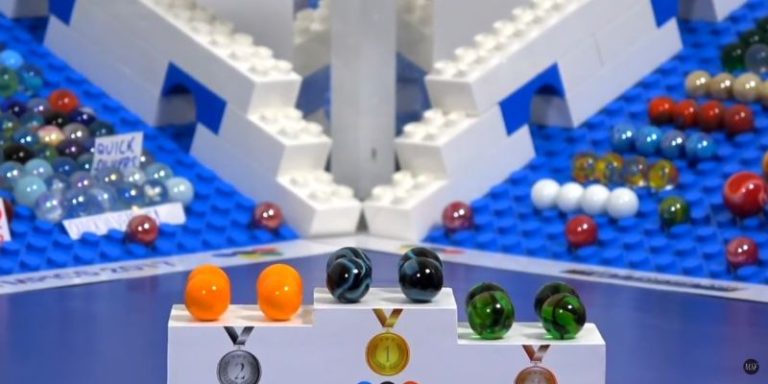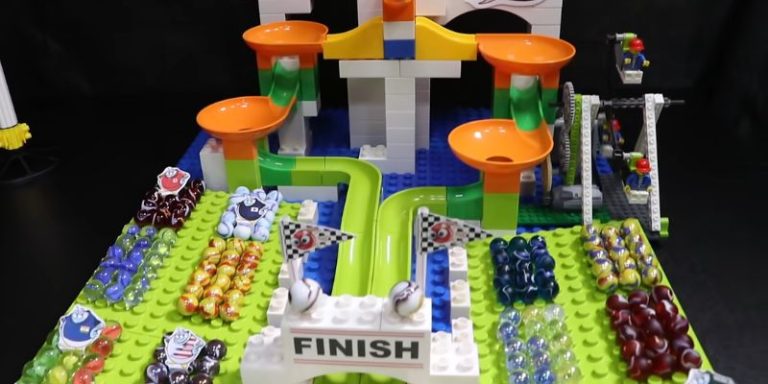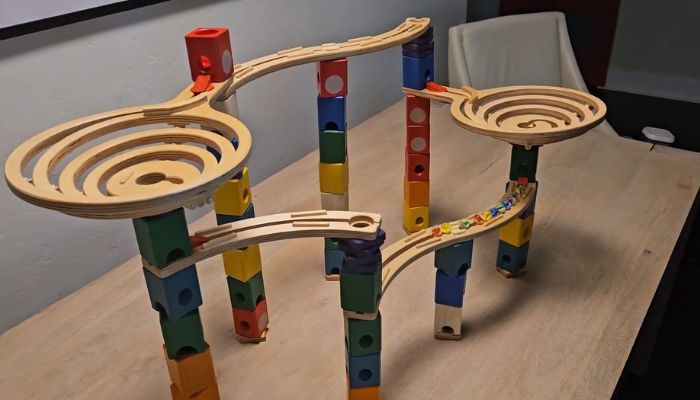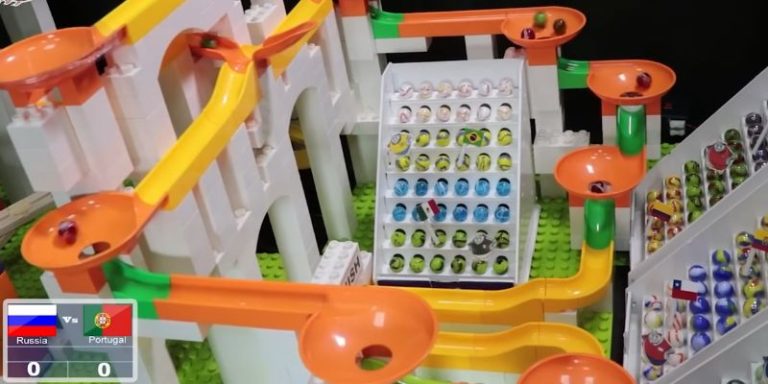How Does Marble Racing Work? Understanding the Basics
How does marble racing work? It begins by releasing marbles down a track designed with curves, slopes, and obstacles. Gravity propels them while physics, such as friction and momentum, determine their speed and movement. The race ends when they cross the finish line, with winners decided by their order of arrival. Tracks can vary from simple to elaborate designs, and the unpredictability of outcomes makes it exciting for fans of all ages.
The Marbles
Marbles are typically made of glass, ceramic, or other smooth materials to ensure consistent rolling.
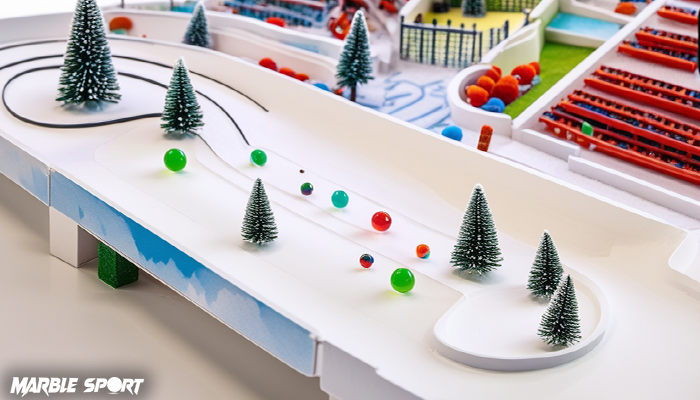
Standard marbles range in size (usually 16mm in diameter), and their weight and material can affect their performance on the track.
If you’re looking for the top-performing options, check out best marbles for racing to find the ideal picks for speed and precision.
The Tracks
Marble racing tracks are intricately designed pathways made from materials like plastic, wood, or custom-built terrain. These tracks may feature straight sections for speed, curves for technical challenges, and obstacles like ramps, tunnels, or spinning elements.
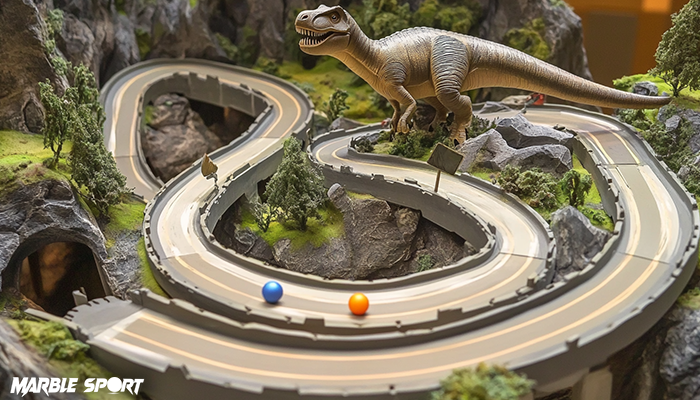
Some tracks are themed, such as icy landscapes or fiery pits, to add visual appeal and variety to the races.
The Start
Marbles begin the race at a designated starting gate, often released by a mechanical lever or automated system. The release ensures a fair start, allowing all marbles to begin simultaneously.
The Race
As the marbles roll down the track, gravity propels them while friction, momentum, and collisions influence their speed and direction.
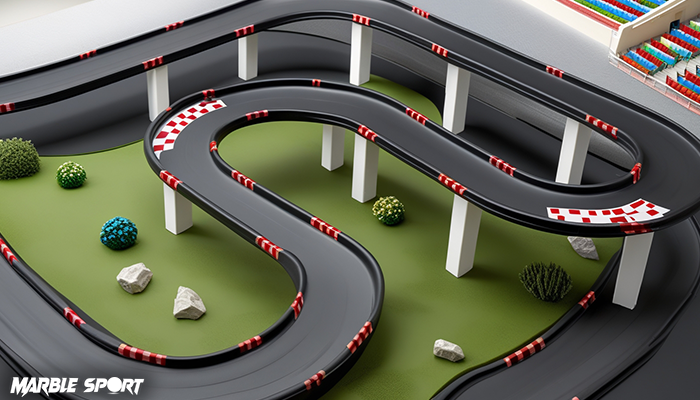
Marbles navigate through various obstacles, and their performance is influenced by track design and environmental factors like incline angles and surface texture.
In major tournaments, these factors become even more critical, as top-tier competitors battle for victory. The marble racing championship showcases some of the most thrilling races, where strategy, skill, and even a little luck determine the ultimate winner.
The Finish
The race is an essential part of how marble racing works, ending when the marbles cross the finish line, which may be marked by sensors, cameras, or simple visual observation. Winners are determined by the order in which they cross the line.
If you’re wondering what makes these races so unpredictable, explore is marble racing a challenge to see how different tracks test the limits of both marbles and race strategies.
Scoring and Formats
Marble racing can include multiple formats, such as:
- Single Race: A one-time event where the first to finish wins.
- Tournament Style: Multiple heats where the top-performing marbles advance to the finals.
- Timed Runs: Marbles are timed individually, and the fastest time wins.
The Role of Commentary and Storytelling
What truly elevates marble racing is the addition of commentary and creative narratives. Commentators often give marbles names and personalities, turning the race into an engaging spectacle. This storytelling element adds drama and excitement, making each race unique.
FAQ about marble racing work
How does gravity affect marble racing?
Gravity pulls the marbles down the track, and their speed depends on slope and friction.
Where can I watch marble racing championships?
Channels like 123duabi on YouTube are top destinations for pro-level races.
Why is marble racing exciting?
It’s fast, unpredictable, and visually engaging—every race feels unique.
How is the winner decided in marble racing?
The first marble to cross the finish line wins, often tracked by sensors or cameras.

